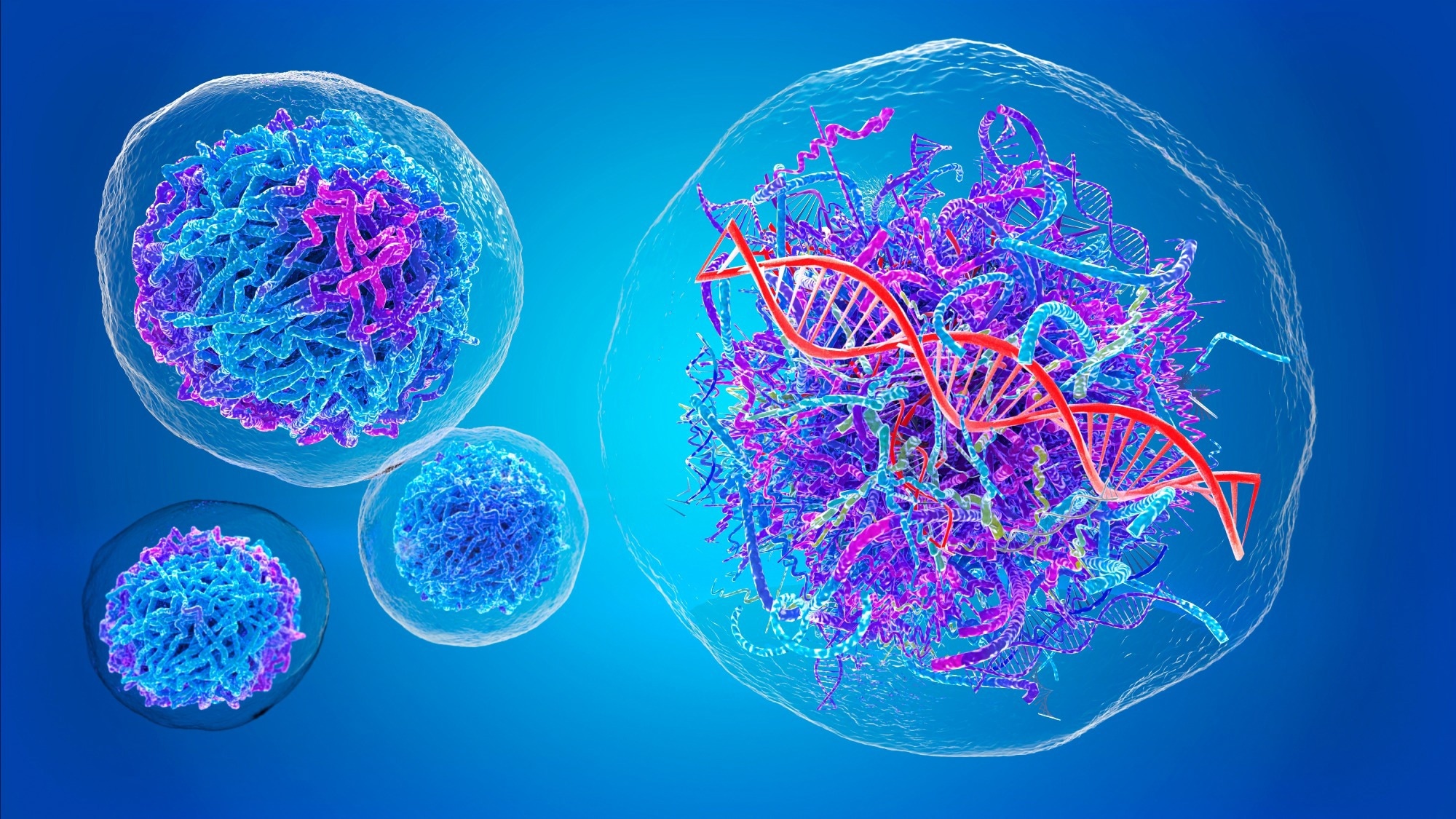In a recent study published in Communications Biology, researchers perform an epigenome-wide multi-omic high-throughput screen (HTS) using over 1,000 cancer cell lines to identify actionable epigenetic drug-sensitive biomarkers.
 Study: The pharmacoepigenomic landscape of cancer cell lines reveals the epigenetic component of drug sensitivity. Image Credit: Giovanni Cancemi / Shutterstock.com
Study: The pharmacoepigenomic landscape of cancer cell lines reveals the epigenetic component of drug sensitivity. Image Credit: Giovanni Cancemi / Shutterstock.com
Background
Aberrant deoxyribonucleic acid (DNA) methylation influences many important signaling pathways of tumorogenesis, including those that confer drug resistance or induce drug toxicity. Thus, identifying a patient’s tumor type can provide important information to enhance drug efficacy and reduce toxicity.
Over the past several years, researchers have increasingly relied on the identification of epigenetic biomarkers in the clinical treatment of cancers, which has led to a growing number of commercially available diagnostic tests for DNA methylation. Nevertheless, there remains a lack of prognostic and predictive epigenetic biomarkers that have been identified and implicated in cancer.
About the study
In the present study, researchers discover DNA methylation biomarkers of drug response. To this end, the Genomics of Drug Sensitivity in Cancer (GDSC) project data was used, in which the methylation patterns of 721 cancer cell lines representing 22 different types of cancers treated with 453 anti-tumor compounds were studied.
The drug responses of cancer cell lines were determined by measuring their area under the drug response curve (AUC), in which low AUC values indicate high sensitivity to a particular drug/compound.
The data included drug differentially methylated regions (dDMRs), which are regions in which the methylation in CpG sites associates with drug response were quantified by AUC. These dDMRs were then assessed to identify functional epigenetic events impacting drug response. Furthermore, tumor-generalizable dDMRs (tgdDMRs) were identified by filtering concordantly observed epigenetic mechanisms in primary tumor samples of humans from The Cancer Genome Atlas (TCGA). Furthermore, they correlated tgdDMRs with somatic mutations in cancer genes.
For validating dDMRs, the researchers retrieved independent drug response data from the Cancer Therapeutics Response Portal (CTRP). Furthermore, dDMRs were analyzed with the Enhancer Linking by Methylation/Expression Relationships (ELMER) method.
Study findings
A total of 802 dDMRs were identified for 186 drugs, 377 of which showed a minimum of one significantly associated gene near its genomic region. Certain drugs were found to be enriched within certain types of cancer, as demonstrated by drugs targeting the ERK-MAPK signalling pathway being enriched in colorectal cancer. Whereas drugs targeting epidermal growth factor receptor (EGFR) enriched in lung adenocarcinoma, drugs that targeted mitosis were enriched in small-cell lung cancer.
Over 500 genes were observed in proximity to dDMRs, 27 of which were associated with cancer. The APC and SKI cancer genes were significantly enriched across two cancer types, whereas the most prevalent non-cancer genes were PTPRN2 and DKK1, which were identified in four and five cancer types, respectively.
For each gene associated with a dDMR, its expression and drug response were analyzed. To this end, four distinct mechanisms were identified to be involved in drug sensitivity, of which included hypermethylation with down- or upregulated gene expression, as well as hypomethylation with down- or upregulated gene expression.
Notably, many of the established cancer genes lacked dDMRs, thus indicating that a small percentage of cancer genes may be epigenetically regulated. Comparatively, DNA methylation appears to be a significant contributing factor for determining cancer drug vulnerabilities.
A total of 58 tgdDMRs were identified from the 241 dDMRs and were positively correlated with their proximal genes in tumors. Nineteen of the 58 tgdDMRs contained proposed biomarkers for 17 anti-cancer drugs across five cancer types.
Moreover, 15 of these 19 tgdDMRs were located in promoter regions, whereas the remaining four tgdDMRs, which comprise over 20% of the lead biomarkers identified in this study, were located in either the gene body or distal regions. The study findings indicate that tgdDMR methylation may either facilitate the ability of cancer cells to interfere in key cellular signalling pathways or participate in other epigenetic pathways.
Conclusions
The current study discovered potential mechanisms that may be involved in the interactions between drug targets and tgdDMRs. Despite these findings, additional research is needed to fully evaluate the utility of tgdDMRs for the diagnosis of cancer.
Journal reference:
- Ohnmacht, A. J., Rajamani, A., Avar, G. et al. (2023). The pharmacoepigenomic landscape of cancer cell lines reveals the epigenetic component of drug sensitivity. Communications Biology 6(825). doi:10.1038/s42003-023-05198-y